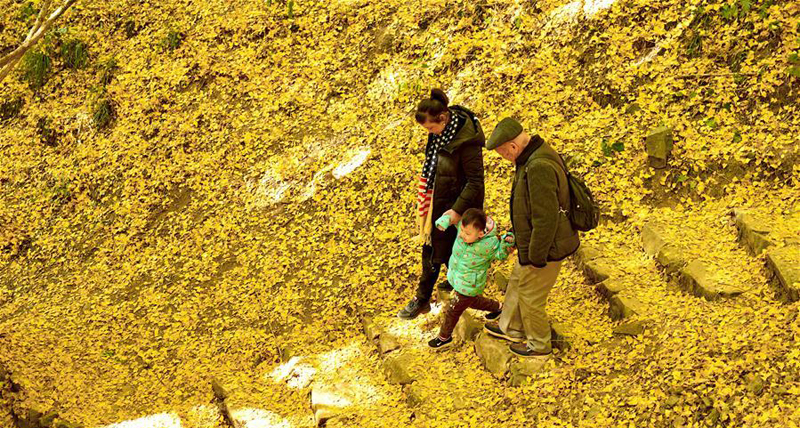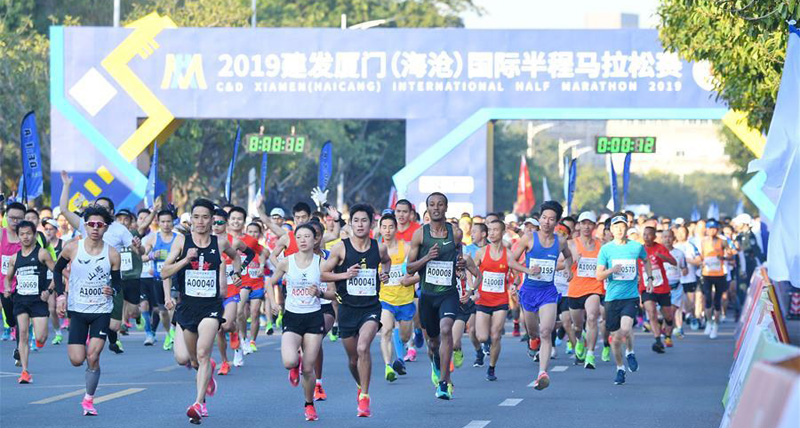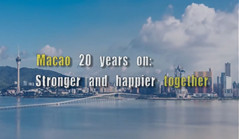Ye Zhupei
chinadaily.com.cn| Updated: May 5, 2019
Ye Zhupei (1902-1971), was born in an overseas Chinese family in Manila, the Philippines. His family origin was Xiamen, Fujian province. He was a renowned metallurgist in China.
Ye was admitted to the Colorado School of Mines in 1921, achieved a master's degree at the University of Chicago in 1925.
In 1928, he was employed as an engineer at the United Carbide Institute and the Central Alloy Steel Corporation. After that, he served as an engineer in the American Machine and Foundry Company, as well as director of the company's metallurgy department.
In 1929, he received a doctorate in physical chemistry of metals from the University of Pennsylvania in the United States.
From 1931 to 1933, he published more than 10 academic papers on the thermodynamic and physicochemical properties of iron, steel and alloys in academic journals in the US and Britain, which attracted the attention of the international metallurgical community. He returned to China in 1933.
After returning to China, Ye was appointed a committee member of the Chemistry Sector in the National Defense Design Council (renamed National Council on Mining Resources in 1935). He suggested establishing a research laboratory for metallurgy in Nanjing to study ferroalloy, aluminum and nitrogen fertilizers. He was then appointed director of that laboratory.
During the War of Resistance Against Japanese Aggression (1931-45), the research laboratory for metallurgy moved to Chongqing in 1939. He led the technicians and workers to produce electrolytic copper and special steel, which were in urgent need in war time. They set up new techniques, novel martin furnaces and rotary kilns for sponge iron pilot production.
In addition to scientific research, Ye was also engaged in social activities. He donated money to support the revolutionary base area, Yan'an.
In 1941, after the Southern Anhui Incident (the incident marked a tragic episode in which most of the 9,000 people from the New Fourth Army headquarters and its detachments were killed or captured by the then-ruling Kuomintang soldiers), Ye helped to arrange a secret meeting for premier Zhou Enlai and the British Embassy. It was at this meeting, that the Chinese Communist Party declared the truth of the incident through diplomatic channels to the outside world.
Ye believed that it was necessary to catch up with the rapid development of modern science and technology around the world. By the end of 1944, he had visited Europe and the US and learned a lot about recent developments. He was then employed as vice-director of the science group at UNESCO.
In October 1949, after getting the news about the founding of the People’s Republic of China, Ye was delighted and invited friends to his home to celebrate this significant event.
He returned to Guangzhou with his family in 1950. He was received warmly by Zhou Enlai in Beijing and designated as a consultant to Ministry of Heavy Industry by the Government Administration Council. In 1955, he was elected a committee member of the Department of Science and Technology.
Ye was also elected to the second and third CPPCC National Committee from 1954 to 1957. In 1964 he was elected a deputy to the third National People's Congress and a member of its standing committee.
He died in 1971 of colon cancer.



 play
play